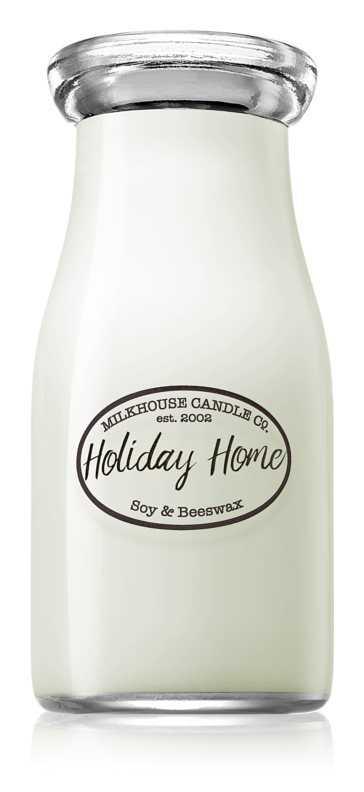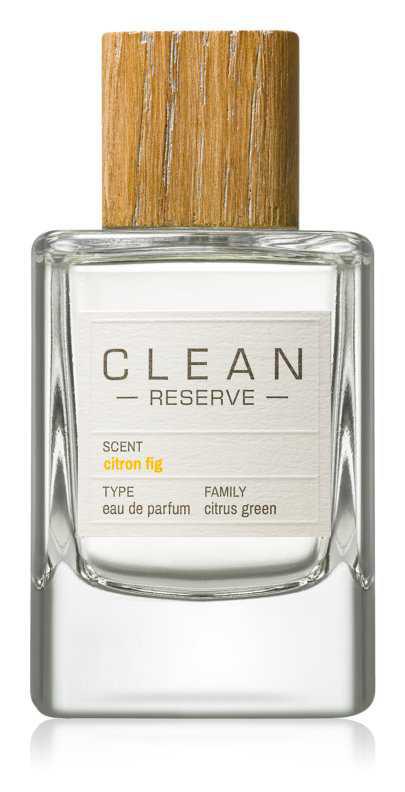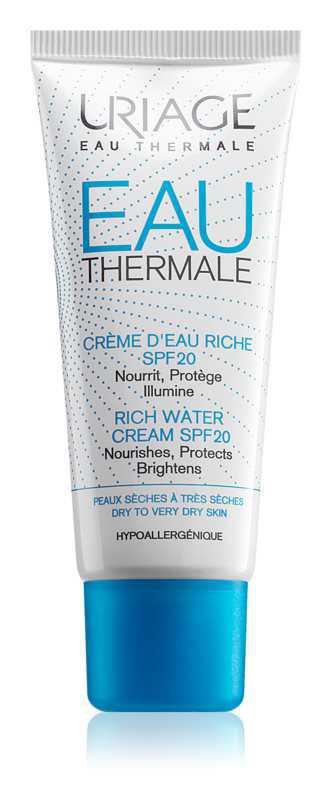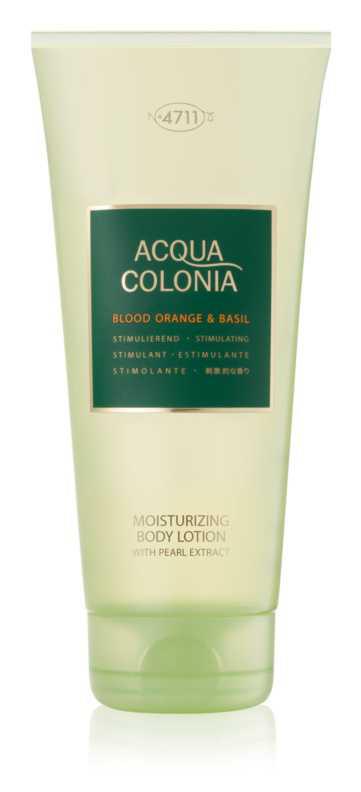
Peeling removes impurities and dead cells of the outer layer of the epidermis and stimulates the skin to produce new cells. Peeling, used regularly, makes the skin smoother, more elastic, better supplied with blood - just younger and more beautiful. Discover the types and properties of peels!
Peeling accelerates the rate of exfoliation. What is the whole process about?
The skin constantly works hard, constantly produces cells that move upwards and produce substances that bind water or seal its lipid coat. When they do their job, they slowly die and peel off. They are constantly replaced with new ones. This is how the skin regenerates.
The whole cycle lasts about 28 days, but with age, as a result of slowing metabolism, living in constant stress and a polluted environment, it is getting longer and longer. The skin becomes gray, rough, tired and ages faster. And that's where peels come in.
How do peels work?
Peels remove impurities and dead cells of the outer layer of the epidermis. They also unblock the sebaceous glands, thus preventing the formation of blackheads. Cleansed skin is ready to receive lotions and creams, the ingredients of which are much better absorbed. Peels stimulate the skin to produce new cells - thanks to which it regenerates faster. They also affect its color. It is worth using them before applying the self-tanner - the resulting color will be more uniform and last longer. Exfoliation also improves the appearance of a natural tan - it becomes fresh, even and lasts longer.
How to make a home peeling step by step?
Types of peels
Mechanical peeling
Mechanical (or granular) peels contain various types of particles that remove dead skin. The abrasive can be soft polyethylene balls or natural products, e.g. ground nut shells, dried plant roots, seeds, fruit seeds, Dead Sea salt or cane sugar. Use similar scrubs for face and body, especially if you have oily skin.
Dehydrated, especially around the buttocks, knees or elbows, sugar and salt peels work well - the particles dissolve during massaging. First, they exfoliate the skin and then nourish it. In addition, the oils they contain very well moisturize and oil the skin.
If you have sensitive face skin, use mechanical peels with caution. Try these fine-grained ones (with tiny abrasive particles). In home treatments, also avoid salt preparations, because they can irritate the skin. If you are not sure which foods are suitable for facial peeling, rely on ready-made products available at drugstores or cosmetics stores that are specifically designed for facial care.
Enzyme peeling
Thanks to plant enzymes, they act on keratin found in the epidermis. The effect is to dissolve the connections between the cells. Enzyme peels do not contain abrasive particles and are not rubbed into the skin, therefore they do not cause mechanical irritation. Therefore, they are recommended especially for people with sensitive and dry skin. They are usually intended for the face, but there are enzymatic body scrubs on the market - they are applied to the skin like a moisturizer. Most require rinsing after 10-20 minutes. Water is used for this or the skin is wiped with milk.
Peeling gommage
Enzymatic peels also include gommage peels. The mechanism of their action is the same as traditional enzyme peels, but they are used a little differently. You need to apply a thin layer and after several minutes wipe (roll) with your hands. Such a peeling is very delicate, so it is suitable for sensitive skin and capillaries. If the cosmetic has a label in French, read the information on how to use it. In this language, every peeling is called gommage. There may be a surprise after unpacking.
When you shouldn't do peeling?
Peels, especially those containing fruit acids, should not be taken just before going out into the sun. If after the procedure you have to go outside on a sunny day, protect yourself with sunblock (SPF 50). Also, do not exfoliate the skin when erythema appeared after tanning.
Adolescent acne is a serious contraindication. Massage with mechanical peels usually leads to dissemination of the lesions and exacerbation of inflammation. However, applying the enzyme cosmetic to the pimples causes pain and burning. Also, do not do peels immediately after depilation - wait at least 24 hours.
Peeling with fruit acids
They exfoliate the skin very effectively. These include glycolic acid, lactic acid, citric acid, malic acid or salicylic acid. Safe amounts of these substances are found in exfoliating creams. These types of cosmetics can be used for all skin types, but with sensitive care must be taken because they can irritate it.
Peels performed in a beauty salon
The basis of care should be a home peeling, but it will never be as accurate as a professional - performed in a beauty salon. So let's go to the beautician for 2-3 surface or medium deep treatments (using fruit acids up to 40%).





